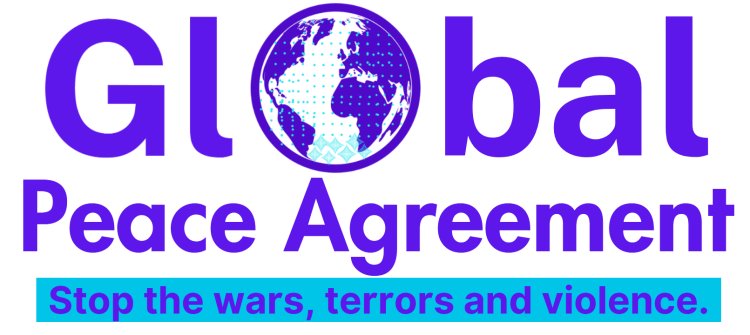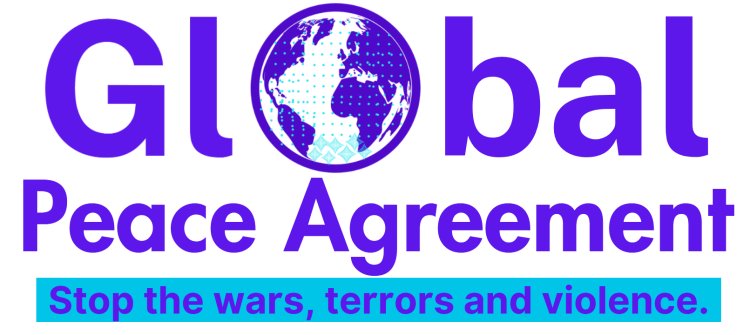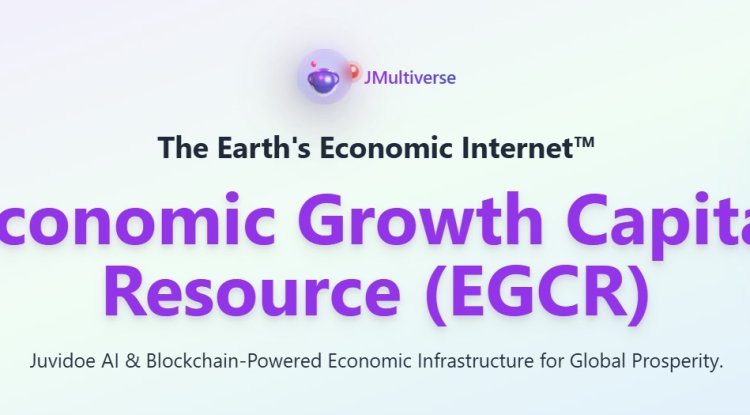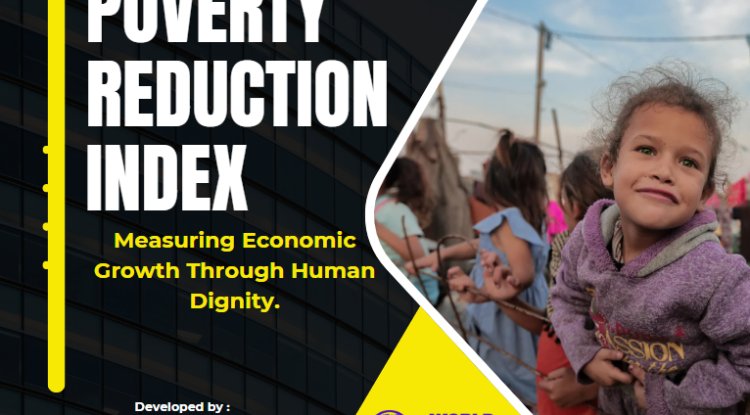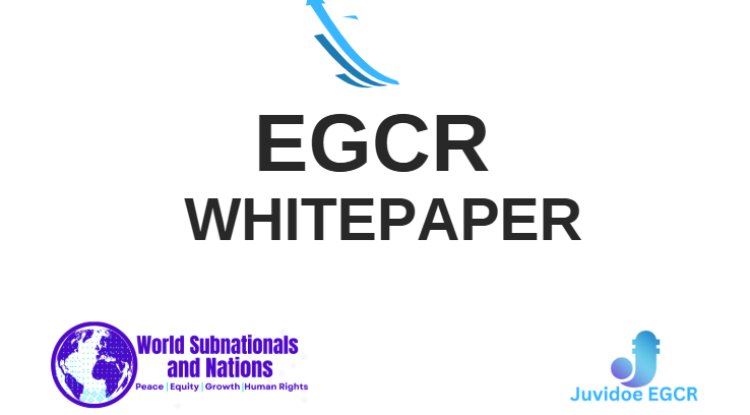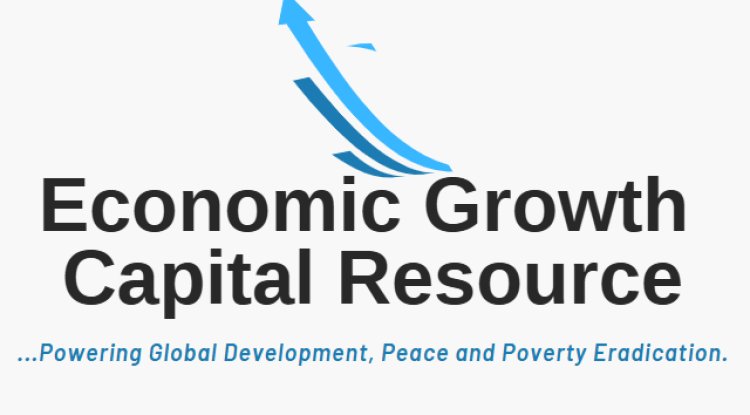Creating a Level-Playing Field for Environmental Responsibility
The imperative to create a level playing field for environmental responsibility transcends national borders. As humanity grapples with climate change, resource depletion, and ecological degradation, the need for joint efforts among nations becomes paramount. By embracing shared goals and equitable strategies, nations can pave the way for a sustainable future that reflects the principles of unity, fairness, and prosperity for all.
Environmental responsibility is no longer confined to national jurisdictions; it is a global challenge that requires collective action. As nations industrialize and urbanize, they contribute to greenhouse gas emissions, pollution, and resource exploitation that have far-reaching impacts. These effects are not evenly distributed, often hitting vulnerable nations harder and exacerbating existing inequalities. Therefore, a level playing field for environmental responsibility necessitates joint efforts to mitigate the effects and ensure equal participation in creating a sustainable world.
In pursuing environmental responsibility, it is essential to recognize the inherent inequalities among nations. Developed nations have historically been major contributors to environmental degradation, benefiting from industrialization and unchecked resource consumption. On the other hand, developing nations face challenges such as poverty, limited access to technology, and inadequate infrastructure. This dichotomy underscores the urgency of creating an equitable framework that accommodates nations' diverse capabilities and circumstances.
Joint Contributions for Equality and Peaceful Environment:
Establishing global targets and commitments forms the cornerstone of collaborative environmental responsibility. Agreements like the Paris Agreement aim to limit global temperature rise and promote sustainable development. Such agreements demonstrate a shared understanding of the urgency and responsibility to address environmental issues collectively.
Developed nations can create a level playing field by facilitating technology transfer and capacity-building initiatives. By sharing advanced green technologies with developing nations, they can bridge the technological gap and enable these countries to leapfrog into cleaner, more sustainable practices.
Collaboration can extend to equitable resource management. Developed nations can invest in sustainable practices that ensure resource availability, while developing nations can adopt responsible resource utilization to prevent depletion and environmental degradation.
Developed nations can contribute to environmental equality by providing climate financing to developing nations. This financial support can aid in mitigation, adaptation, and fostering sustainable development in regions vulnerable to climate impacts. Collaboration for biodiversity conservation is vital for a peaceful environment. Nations can work together to establish protected areas, share conservation best practices, and combat illegal wildlife trade, safeguarding the Earth's rich biological heritage for future generations.
Joint efforts to promote knowledge exchange and environmental education can empower nations to make informed decisions. By sharing experiences, research, and best practices, nations can create a harmonious environment where equal knowledge underpins responsible actions.
Overcoming Challenges to Equality in Environmental Responsibility:
Economic inequalities can hinder collaboration on environmental responsibility. Addressing this requires developed nations to provide financial assistance and incentives to help developing nations transition to sustainable practices without compromising their development goals.
Different nations have varying priorities, and reconciling these differences is a challenge. Diplomacy and international negotiations must focus on finding common ground and showcasing the interconnectedness of environmental issues with other global concerns.
Achieving policy alignment among diverse nations is complex. International platforms and forums should encourage open dialogue and negotiation, fostering an understanding of each nation's unique circumstances and facilitating policy harmonization. Environmental responsibility demands sustained commitment. Nations must continually invest in collaboration, acknowledging that short-term gains must maintain the long-term goal of environmental sustainability and equality.
Creating a level playing field for environmental responsibility is not just a moral imperative but an essential step toward ensuring a peaceful and prosperous world for all nations. Collaborative efforts based on shared goals, equitable strategies, and mutual respect can transcend national interests and forge a path to global sustainability. By addressing inequalities, sharing resources, and leveraging technology, nations can work in unison to mitigate climate change, conserve biodiversity, and promote responsible resource management.
The journey is not without challenges, but through diplomacy, education, and a commitment to future generations, nations can collaboratively build a world where environmental responsibility is a shared foundation for equality and peace. As the sun sets on this discussion, the dawn of a united and sustainable future awaits, guided by the principles of collaboration, harmony, and shared responsibility.
The Role of International Agreements in Environmental Equity
The importance of international accords in advancing environmental fairness has grown in a world of interconnected ecosystems and common environmental problems. In order to solve urgent environmental challenges, these agreements act as bridges that unite nations across borders and cut beyond political and economic interests.
Environmental equity is rooted in the recognition that the consequences of environmental degradation are not uniformly distributed. While the impacts of climate change, pollution, and resource depletion are felt globally, vulnerable and marginalized communities often bear a disproportionate burden. This inequity reflects broader societal disparities and underscores the need for a collaborative framework that rectifies these imbalances.
International agreements play a pivotal role in addressing environmental inequities by establishing shared goals, principles, and strategies that guide global environmental actions. These agreements provide a platform for nations to come together, irrespective of their political, economic, or historical differences, and collectively work towards sustainable solutions.
At the heart of international agreements lie shared commitments that bind nations to a common environmental agenda. Notably among these is the Paris Agreement, a pivotal accord designed to curb the escalation of global temperatures and alleviate the repercussions of climate change. This agreement embodies the tenets of ecological fairness by acknowledging historical imbalances and urging developed nations, which have played a substantial role in carbon emissions, to shoulder more significant responsibilities in mitigating their environmental influence.
One of the cornerstones of environmental equity is the transfer of clean technologies and capacity-building initiatives from developed to developing nations. This transfer narrows the technological gap, enabling developing nations to leapfrog into sustainable practices. International agreements facilitate this exchange by creating a supportive technology-sharing framework, promoting cooperation that transcends geopolitical divides.
International agreements also address the financial aspect of environmental equity. The Green Climate Fund, established under the United Nations Framework Convention on Climate Change, exemplifies this approach.
This fund, designed to support low-income countries in addressing and adapting to the impacts of climate change, relies on contributions from more affluent nations. This financial framework promotes equitable development and ensures that vulnerable nations possess the essential resources to confront environmental issues.
International agreements contribute to environmental equity by emphasizing the preservation of biodiversity and the establishment of protected areas. The Convention on Biological Diversity fosters collaboration in safeguarding the planet's rich biological heritage. It recognizes that biodiversity loss affects all nations and encourages collective efforts to conserve ecosystems that sustain life on Earth.
While international agreements hold immense potential for promoting environmental equity, challenges persist. Political tensions, varying national priorities, and the implementation gap pose hurdles to effective cooperation. Overcoming these challenges requires a steadfast commitment to diplomatic negotiations, transparency, and accountability.
In the future, international agreements must evolve to address emerging environmental challenges. As the world grapples with issues like plastic pollution, deforestation, and loss of freshwater resources, agreements must adapt to reflect these concerns and foster equitable solutions.
International agreements function as the threads connecting nations within the fabric of global environmental endeavors, working towards establishing a sustainable and equitable future. These accords acknowledge the interdependence of environmental issues and that everyone must address them. International agreements pave the way for environmental fairness through fostering shared commitments, technology transfer, finance for equitable development, and biodiversity preservation.
As we navigate an ever-changing world, the role of international agreements in promoting environmental equity remains pivotal. The path forward demands collaborative efforts, diplomatic perseverance, and a commitment to justice. Only through such concerted action can we ensure that every nation, regardless of its past contributions or economic standing, has an equal opportunity to shape a greener, fairer, and more harmonious global environment—one where the principles of equity and sustainability intertwine to shape a better future for all.
Sustainability and Collaboration: Charting a Sustainable Future
The urgent need to achieve sustainability and foster teamwork for a common future has taken on unprecedented importance during complex environmental challenges. The intricate interplay of interconnected ecological systems, closely intertwined with human activities, underscores the urgent need for a paradigm shift toward sustainable practices.
This all-encompassing exploration delves deep into the intricate landscape of sustainability and collaboration, underscoring how these intertwined concepts hold the key to charting a trajectory toward a sustainable future—ensuring the prosperity of our planet, its inhabitants, and future generations.
Sustainability transcends the conventional notion of environmental conservation; it embodies a holistic approach that encompasses economic prosperity, social equity, and ecological harmony. At its core, sustainability entails addressing present needs while safeguarding the ability of future generations to meet their own needs. Achieving this delicate balance requires conscientious resource management, responsible consumption, and nurturing harmonious relationships between humanity and the natural world.
The path toward sustainability demands collaborative endeavors on a global scale. Environmental challenges recognize no boundaries; the ramifications of pollution generated in one corner of the world reverberate across ecosystems and communities thousands of miles away. Collaboration acts as the bridge connecting nations, industries, and individuals in a shared pursuit of common objectives. It transcends national interests, engendering a collective responsibility toward safeguarding our planet.
Governments play a pivotal role in propelling collaborative sustainability initiatives. They craft policies, regulations, and frameworks guiding industries, businesses, and citizens toward sustainable practices. International agreements, epitomized by the United Nations Sustainable Development Goals (SDGs), provide a roadmap for countries to address issues from poverty eradication to climate action collectively. Diplomatic negotiations and consensus-building enable governments to establish global norms and standards that foster sustainability.
Industries wield considerable influence over environmental impact. While they can contribute to environmental degradation, they also possess the capacity to lead transformative shifts. Collaborative sustainability in the business sector entails adopting eco-friendly technologies, practicing responsible supply chain management, and embracing principles of circular economies. The proliferation of sustainability certifications and voluntary initiatives underscores industries' growing alignment with global sustainability objectives.
Collaborative sustainability extends beyond institutional corridors; it permeates civil society and grassroots movements. From youth-led climate protests to community-driven conservation endeavors, individuals and local communities emerge as pivotal advocates for sustainable practices. Civil society collaboration involves knowledge dissemination, awareness campaigns, and collective action to hold governments and industries accountable for their environmental commitments.
Science and innovation catalyze collaborative sustainability efforts. Through interdisciplinary research, technological advancements, and data-driven insights, scientists play a pivotal role in identifying solutions to complex environmental challenges. Collaboration among scientists, policymakers, and industries ensures that evidence-based decisions shape sustainability initiatives. Open-source knowledge sharing facilitates the global diffusion of innovative ideas.
Collaborative sustainability encounters its share of challenges. Competing interests, divergent priorities, and the lack of enforceable mechanisms can impede progress. Overcoming these hurdles necessitates diplomatic negotiations, consensus-building, and an understanding that a sustainable future benefits all. Strengthening international institutions, enhancing transparency, and emphasizing the interconnectedness of global challenges are integral to advancing progress.
Technology serves as a conduit for collaborative sustainability efforts. Digital platforms, data analytics, and communication technologies facilitate the exchange of ideas, information, and best practices across borders. These tools empower nations, organizations, and individuals, fostering knowledge sharing, innovation, and collective problem-solving. Harnessing technological capabilities amplifies the impact of collaborative sustainability endeavors.
Education plays a pivotal role in fostering collaborative sustainability. By nurturing environmental literacy, fostering critical thinking, and instilling a sense of global citizenship, education empowers individuals to shape a sustainable future actively. Curricula emphasizing sustainable practices, ethical consumption, and ecological comprehension provide the foundation for informed decision-making across societal strata.
Collaborative sustainability transcends scales—at local, national, and global levels. Local communities serve as crucial implementers of sustainability initiatives on the ground. National governments align policies with international commitments, while global collaborations catalyze transformative change. The Paris Agreement exemplifies the potency of global cooperation in addressing climate change's dire implications.
Collaboration begets innovation, birthing sustainable technologies, practices, and solutions. Renewable energy technologies, sustainable agricultural methods, and resource conservation strategies arise from collaborative efforts. Innovation extends beyond technological advancements; it encompasses groundbreaking business models, novel financial mechanisms, and policy frameworks that synergize economic prosperity with environmental stewardship.
Collaborative sustainability rests on an ethical imperative—acknowledging the interconnectedness of all life on Earth and the shared duty to safeguard it. Recognizing that environmental degradation disproportionately affects marginalized communities heightens the commitment to collaborate for equitable outcomes. Indigenous knowledge, cultural heritage, and traditional practices enrich the tapestry of collaborative sustainability efforts.
As we navigate the trajectory toward sustainability, collaboration emerges as the guiding force. The formidable challenges—climate change, biodiversity loss, and resource scarcity—demand collective endeavors that transcend political, cultural, and geographic boundaries. The vision is vivid: a world where nations unite to curb carbon emissions, industries adopt circular practices, communities become stewards of ecosystems, and individuals make choices with global resonance.
In this future realm, collaborative sustainability underpins thriving ecosystems, equitable societies, and harmonious coexistence between humanity and nature. It signifies a departure from shortsighted gains toward the collective prosperity of both present and future generations. As individuals, communities, industries, and nations align aspirations, values, and actions with the tenets of collaborative sustainability, they harness a transformative force that redefines progress, nurtures biodiversity, and safeguards the delicate equilibrium of our planet.
In summation, the epoch for collaboration, innovation, and molding a sustainable future is upon us. Every action, decision, and choice resonates in a future where equilibrium prevails, ecosystems rejuvenate, and humanity thrives. Collaborative sustainability is the vessel charting this visionary course that beckons collective action, surmounting barriers and embracing our role as guardians of a precious planet. Now is the time to act, collaborate, and shape a sustainable future.








